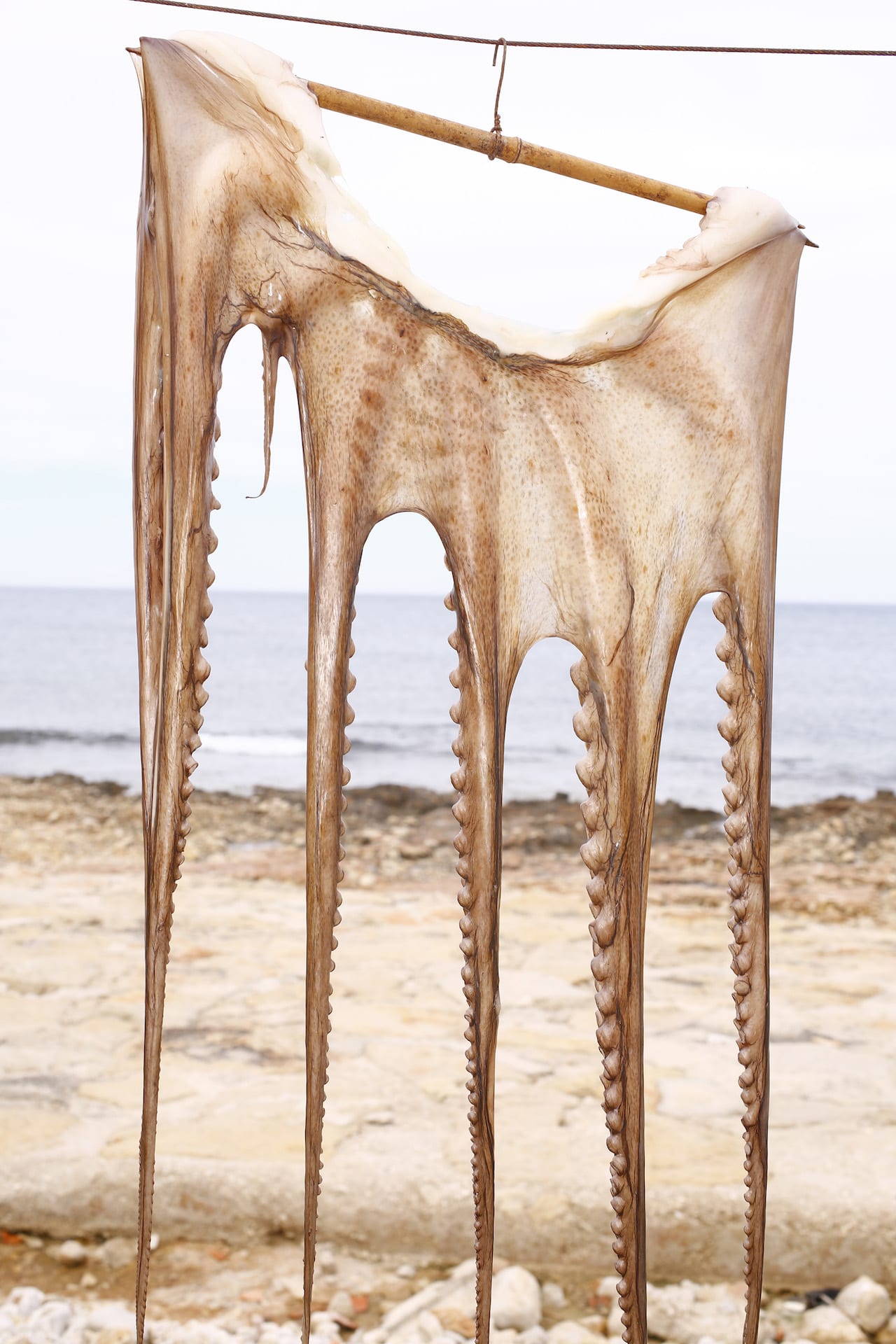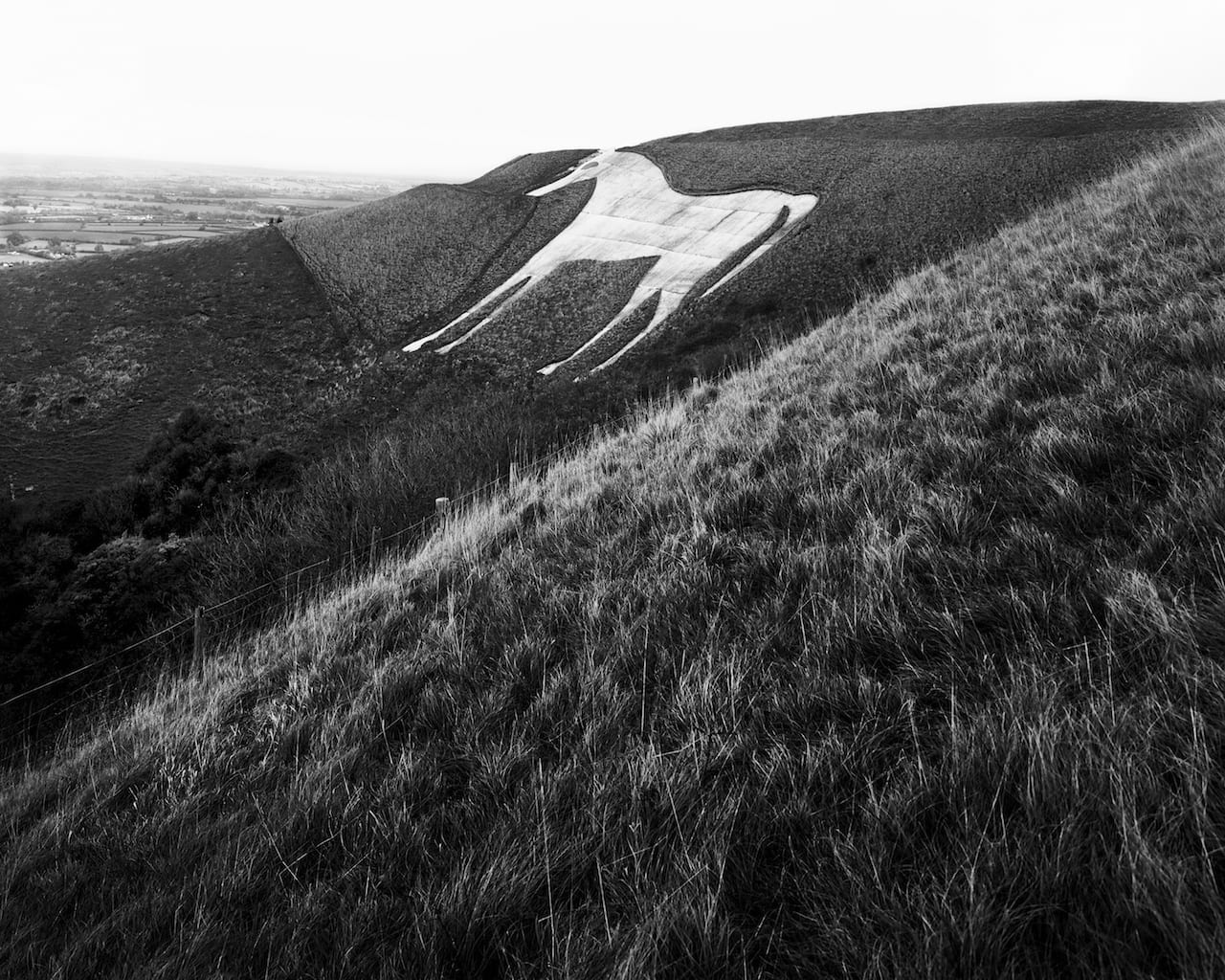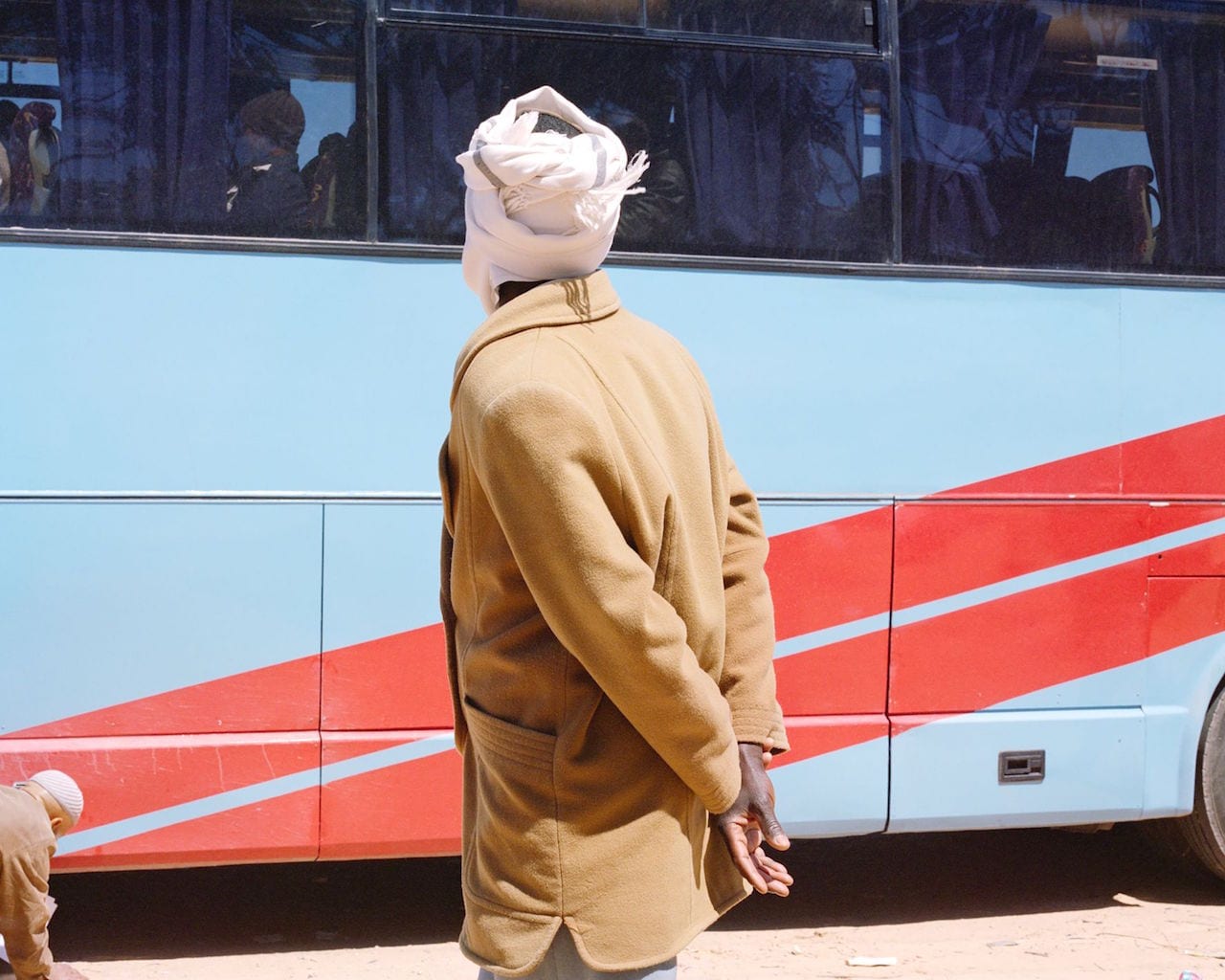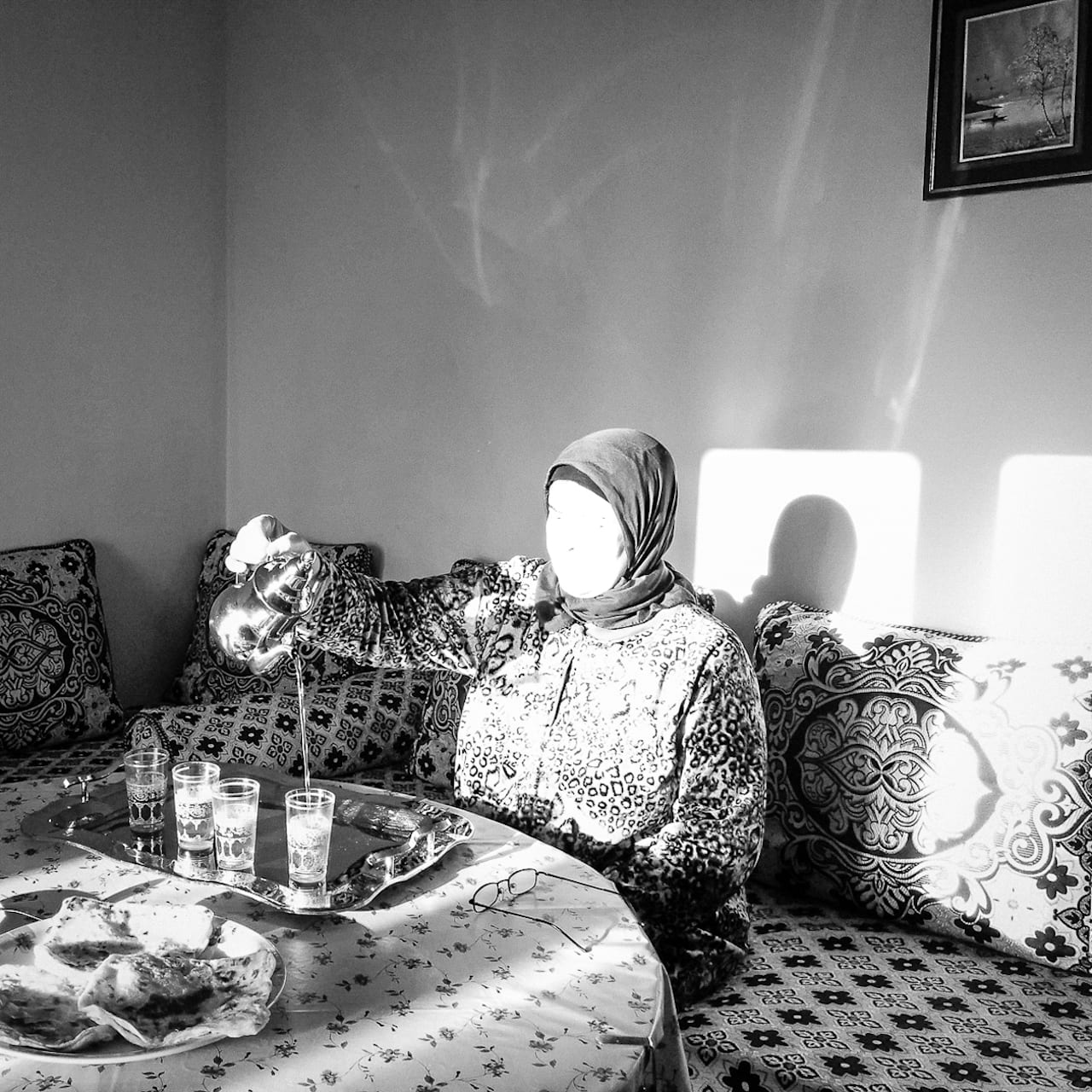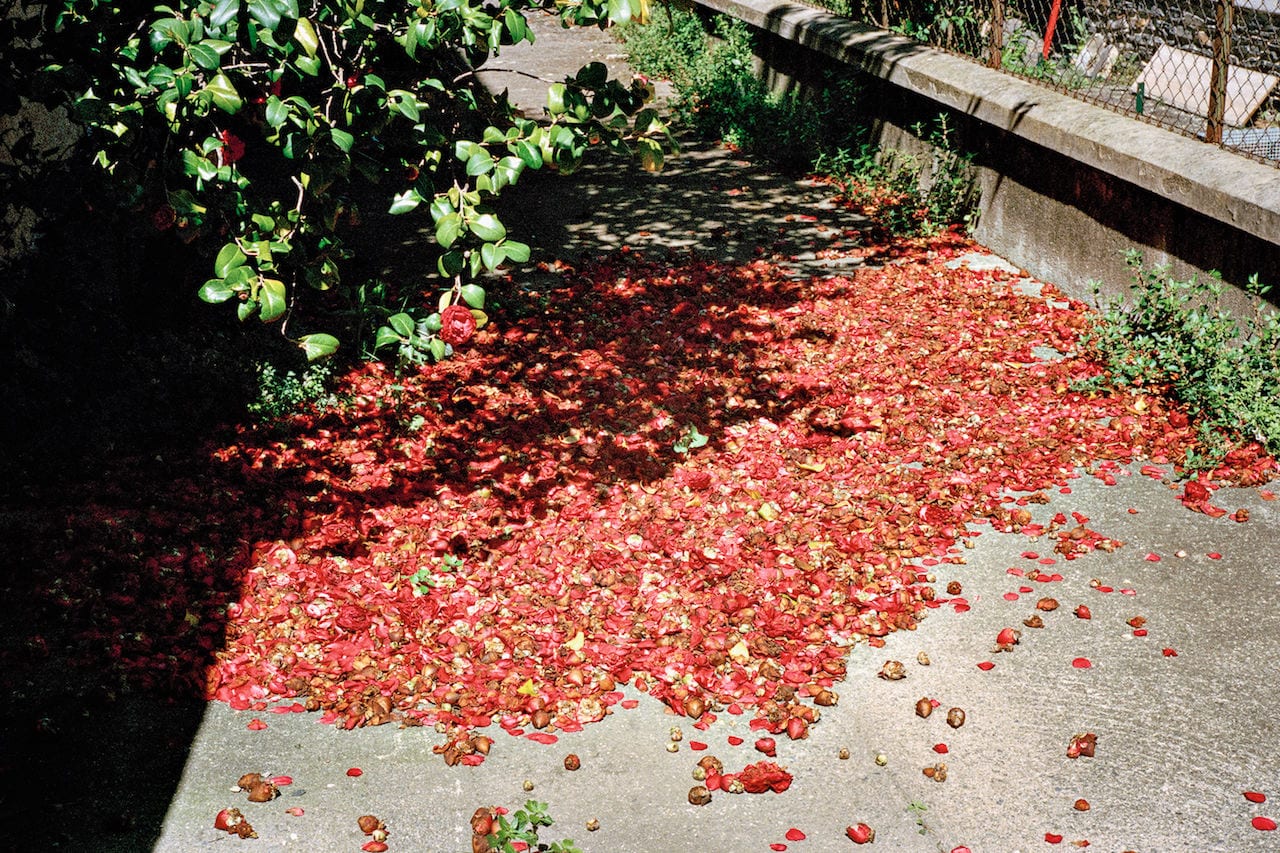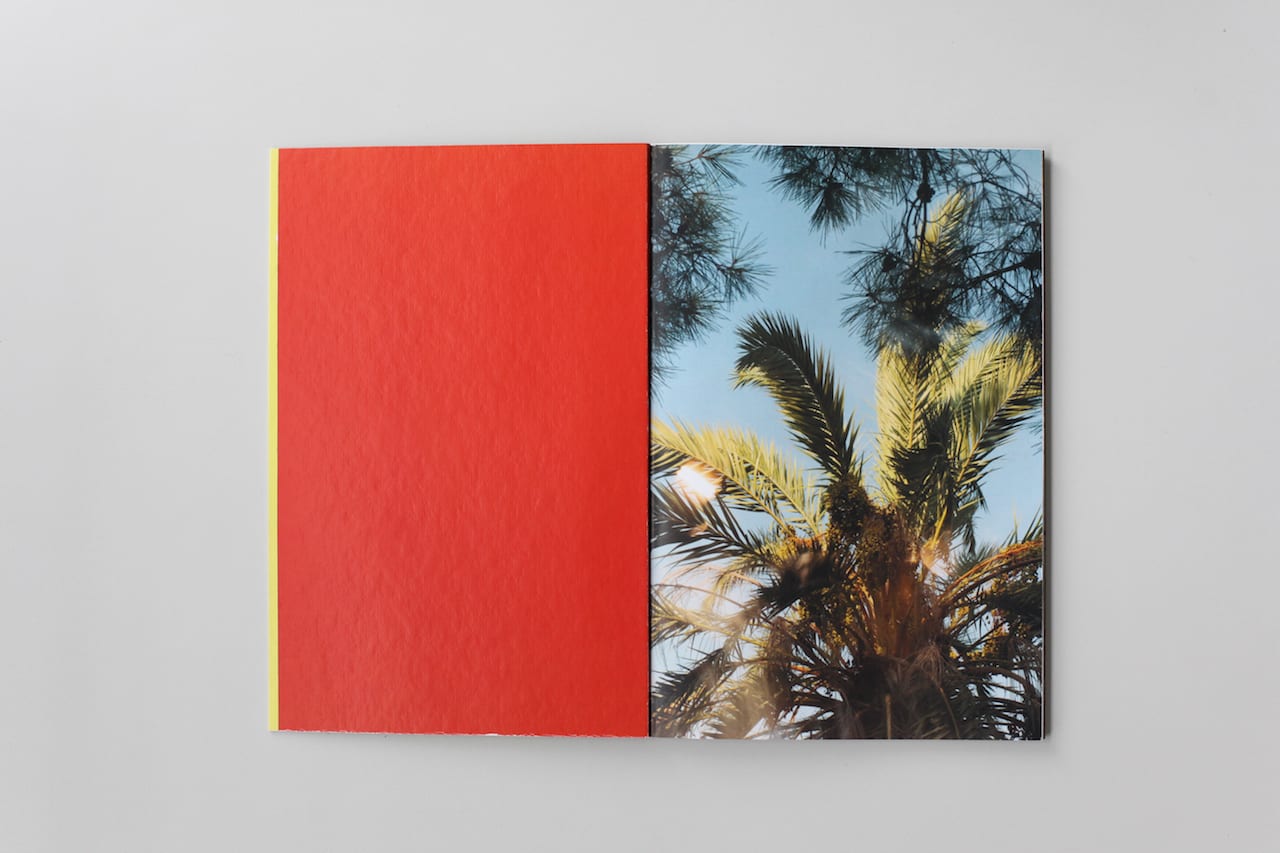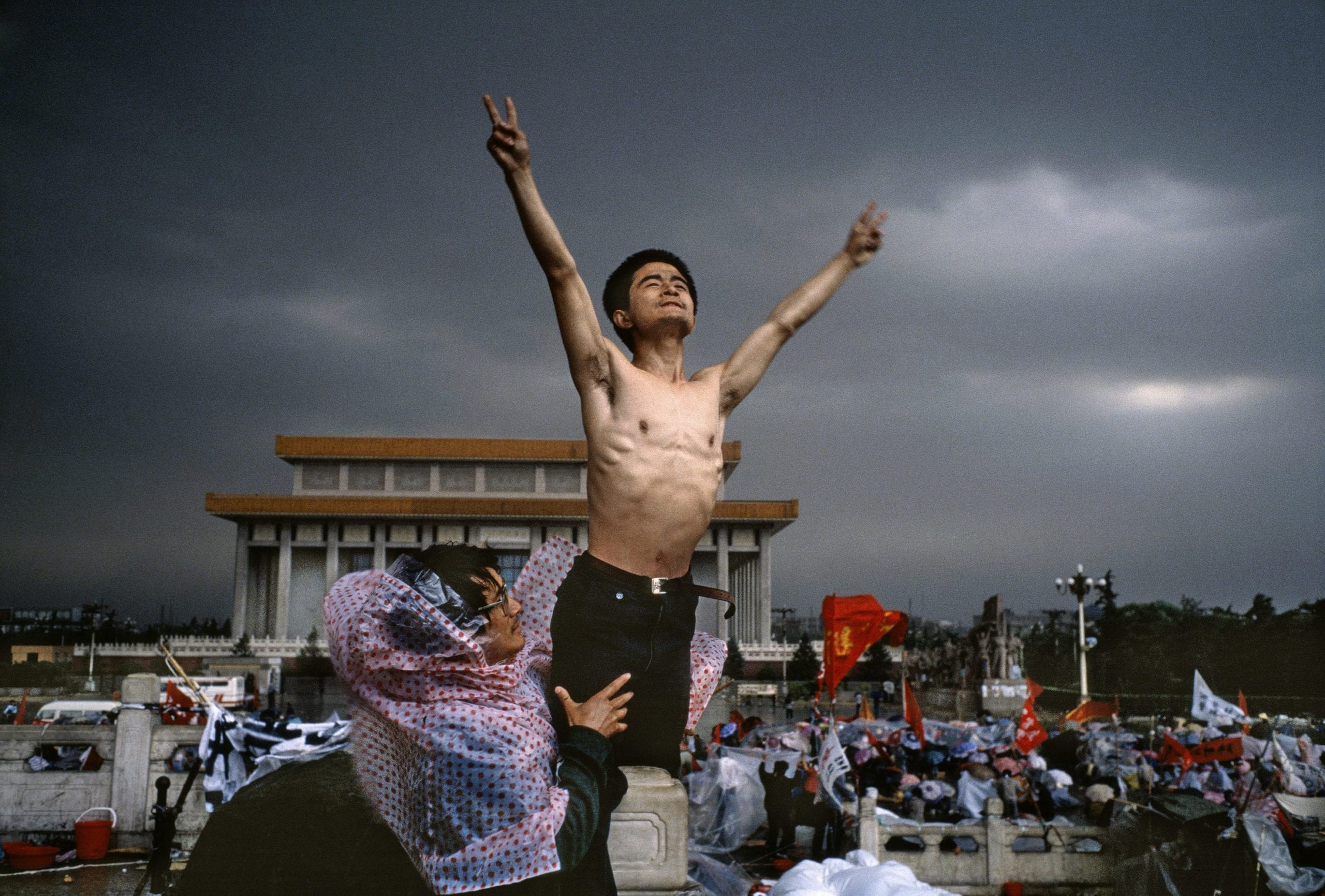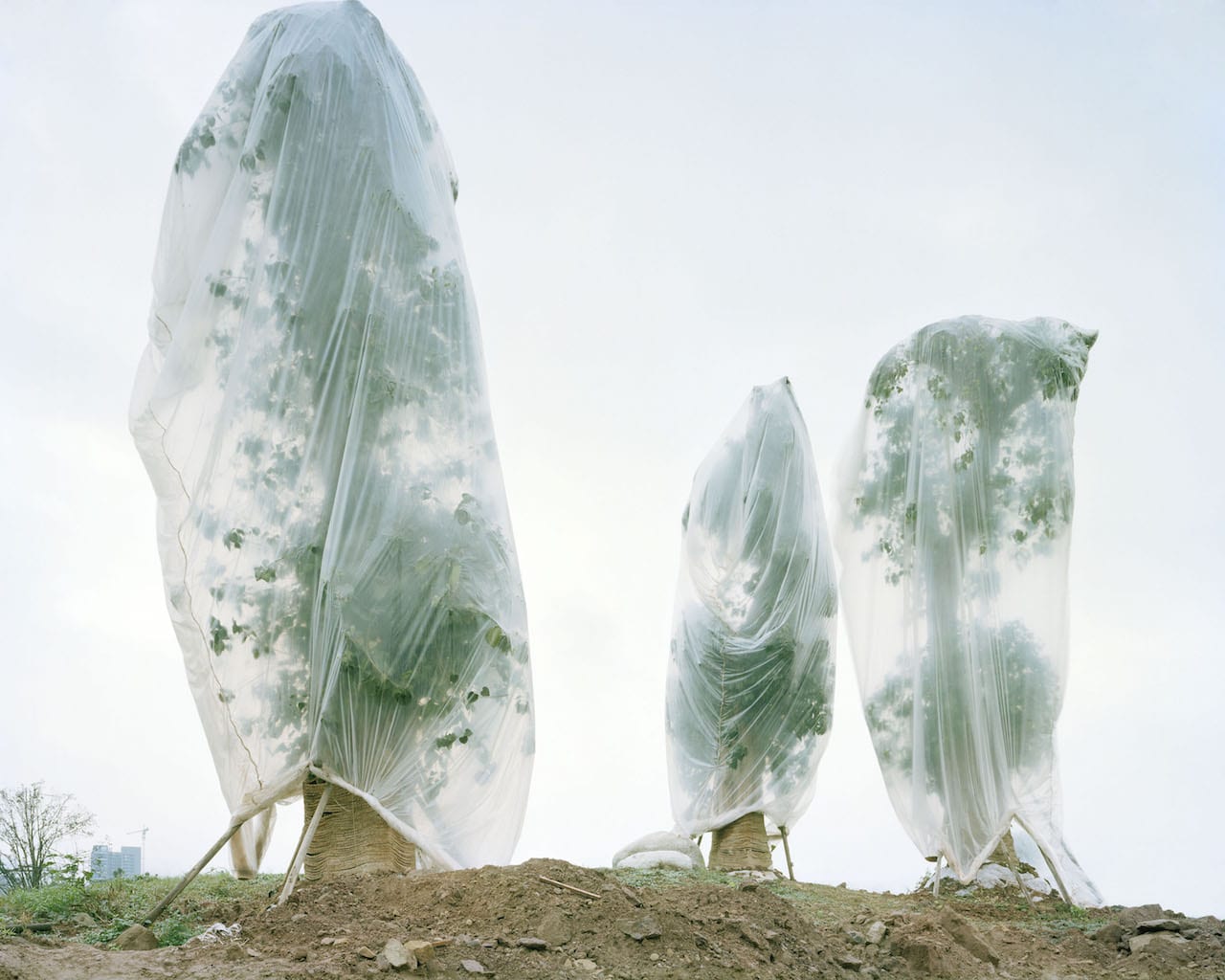It’s little more than a decade since Ricardo Cases took his first tentative steps into the world with his personal work, exhibiting as part of New Spanish Photography at Lodz Fotofestiwal in 2007, a group show that travelled on to China and Slovakia. More than a dozen solo shows followed across Spain over the next three years before his international breakthrough with the book Paloma al aire [Pigeons in flight], published by Dewi Lewis in 2011. Ostensibly, the book follows pigeon-fanciers in Valencia and Murcia going about a local racing ritual, painting male birds for a competition in which the winner is the cock that attracts the hen. But with its distinctive spiral-bound, notebook appearance, and Cases’ tight framing, emphasising the surreality of the chase, it acquired a cult following, marking the arrival of a singular talent. The unconventional traits to this and his subsequent works are clearly evident in his first major survey exhibition, on show in Madrid from 13 June to 22 July at the spectacular Sala Canal Isabel II, as part of this year’s Photo España.
